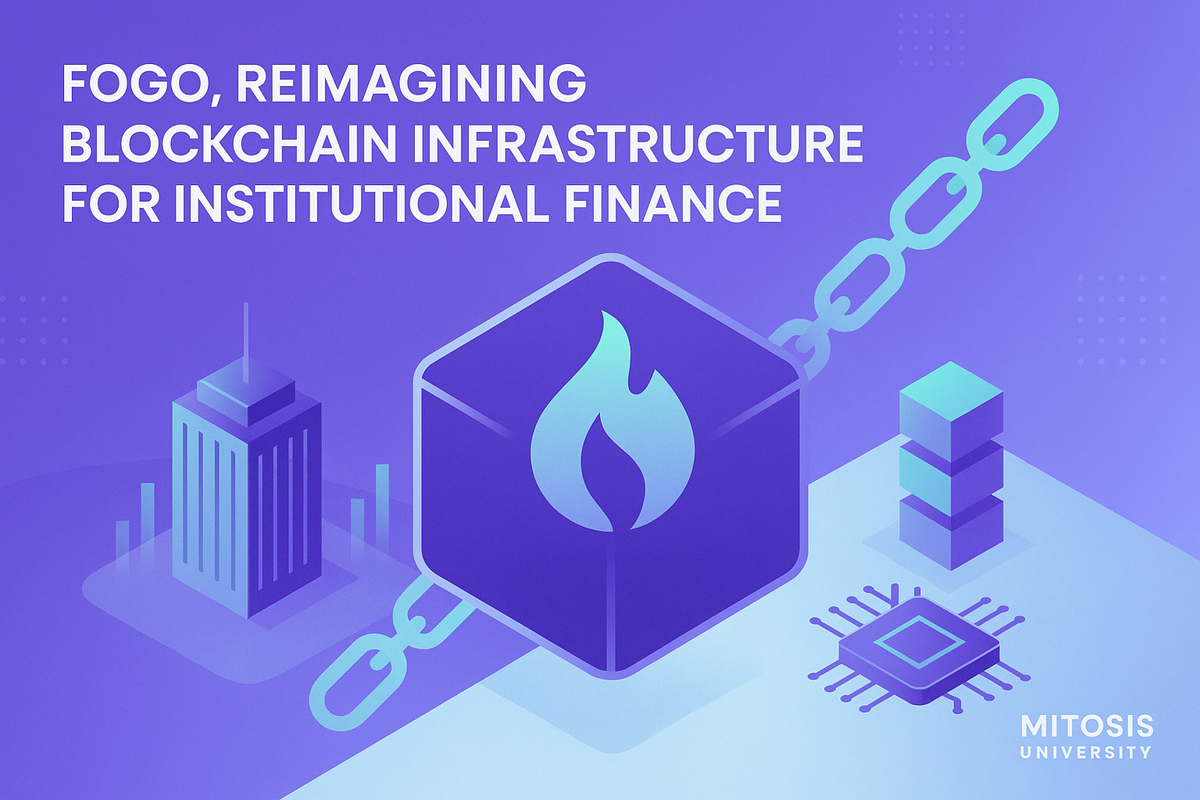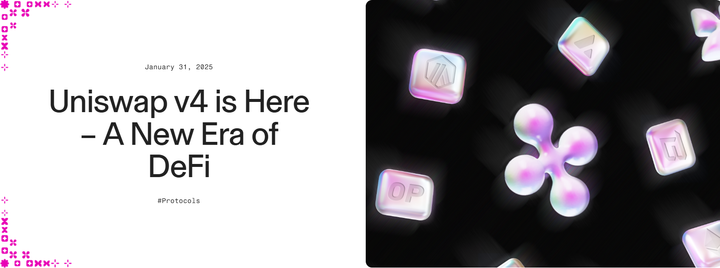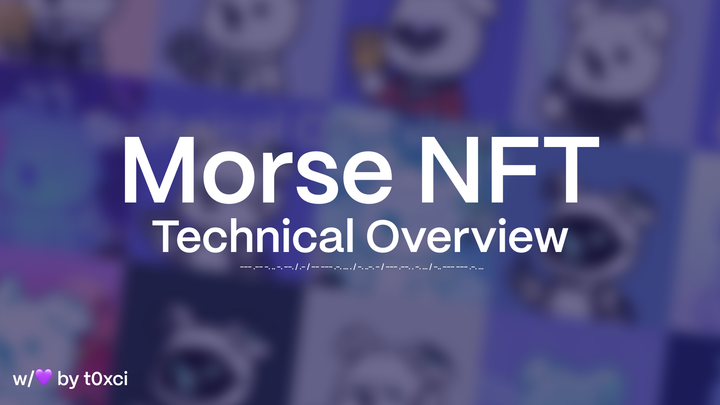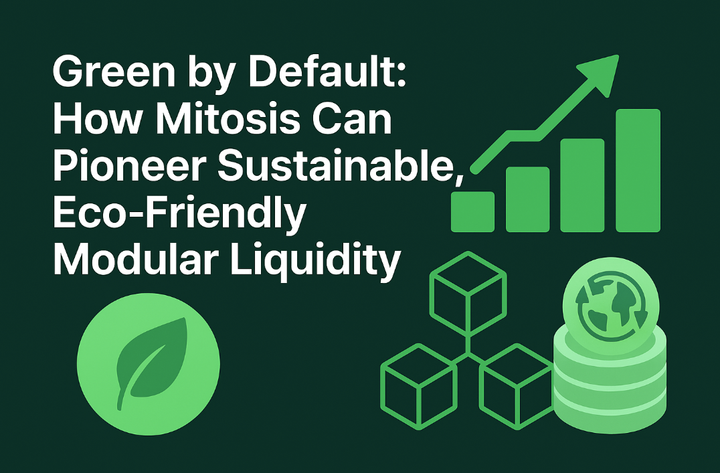Fogo, Reimagining Blockchain Infrastructure for Institutional Finance

In the ever-evolving landscape of blockchain innovation, Fogo is positioning itself as a transformative force tailored for institutional finance. Built on the Solana Virtual Machine (SVM), Fogo targets the critical shortcomings of existing networks—throughput bottlenecks, latency spikes, and general inefficiencies that prevent blockchains from meeting the demands of traditional financial markets. By leveraging cutting-edge performance engineering and a curated validator ecosystem, Fogo is aiming to bring Wall Street-grade infrastructure onchain. In this article, we'll explore how Fogo is designed, what makes it different, and why it may be a pivotal player in the future of decentralized finance.
Next-Level Performance Meets the Solana Ecosystem
Institutional-Grade Speed and Reliability
Fogo is built for speed—literally. On its devnet, it clocked approximately 46,000 transactions per second (TPS) with block times as low as 20ms, though real-world testnet conditions show averages closer to 40ms. These metrics aim to rival the performance of centralized systems like NASDAQ, far outpacing most public blockchains in the process.

This performance edge isn't just about numbers—it reflects a deliberate architectural stance. Fogo prioritizes low-latency, high-throughput execution to support real-time, high-volume trading and financial operations. It's the type of infrastructure that traditional institutions have long demanded—but rarely found in decentralized environments.
Solana Compatibility Without Compromise
As a Solana Virtual Machine (SVM) chain, Fogo is fully compatible with Solana’s tooling, programs, and infrastructure. This allows developers to migrate seamlessly while benefiting from ongoing upstream upgrades within the broader Solana ecosystem. Fogo isn’t just trying to copy Solana; it’s trying to optimize and specialize for a specific, high-stakes use case: institutional finance.
Engineering Tradeoffs for Precision and Power
Single Canonical Client: Firedancer
Fogo breaks with conventional blockchain orthodoxy by committing to a single canonical client: Firedancer, developed by Jump Crypto. While other chains promote client diversity to mitigate risks, Fogo leans into performance maximalism.

Economic incentives—like variable block times and sizes that reward faster clients—encourage validator alignment with Firedancer, effectively making it the de facto standard. The network initially runs on Frankendancer (a hybrid), but plans to transition fully to pure Firedancer for unmatched speed and efficiency.
Dynamic Validator Architecture
Fogo’s consensus model introduces a concept known as multi-local consensus. Inspired by the "follow the sun" model used in global trading, validators are encouraged to co-locate geographically to reduce latency. This two-tier key system (global and zone-specific) allows for flexible but secure validator movement across zones, with fallback to global consensus when needed. It’s a bold experiment in decentralizing physical infrastructure without sacrificing speed.
Fogo also employs a curated validator set, initially limited to 19–30 participants. This tight control reduces MEV abuse and ensures only high-performance nodes make the cut. Governance begins under a genesis authority but transitions over time to a validator-driven model, requiring a two-thirds supermajority to enact changes—blending decentralization with practical efficiency.
Community, Integrations, and What’s Ahead
Backed by Proven Builders and Ecosystem Integrations
Fogo’s development is spearheaded by Douro Labs, the team behind Pyth Network, one of the most prominent oracles in DeFi. Pyth serves as a native data provider for Fogo, ensuring accurate price feeds critical for financial applications. The network is also tightly integrated with Ambient Finance, providing built-in decentralized exchange (DEX) functionality that’s both performant and on-brand for Fogo’s financial focus.
Early Access, Developer Programs, and Community Incentives
- Devnet launched in January 2025, giving initial testers a glimpse of Fogo’s capabilities.
- Testnet followed on March 31, 2025, selectively opened to developers and institutions for latency and stability testing.
- A public explorer, released April 11, 2025, allows users to track validator performance and slot metrics in real time.
- The Fogo Flames Points Program, launched March 13, 2025, rewards users for meaningful engagement—staking PYTH, trading on Ambient, participating in Discord roles, and social media activity. Scores are updated weekly and publicly ranked.
Conclusion
Fogo is not just another blockchain—it’s a targeted reimagining of decentralized infrastructure, custom-built to meet the uncompromising standards of institutional finance. With blazing-fast execution, SVM compatibility, and a validator model that rewards precision, Fogo may set a new bar for what’s possible in onchain trading and financial services.



Comments ()